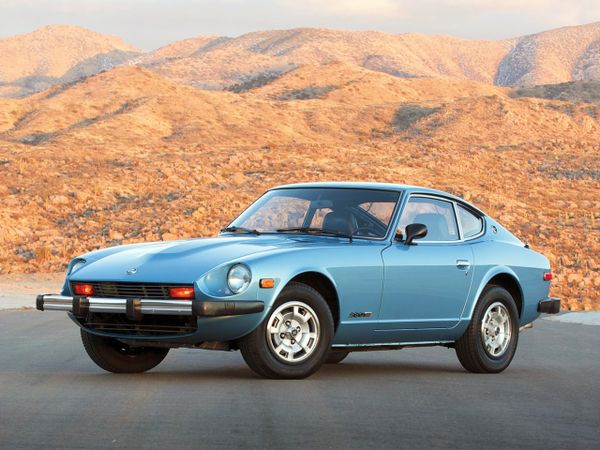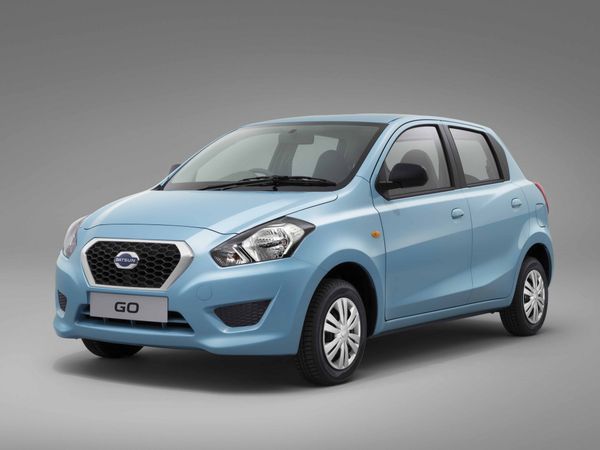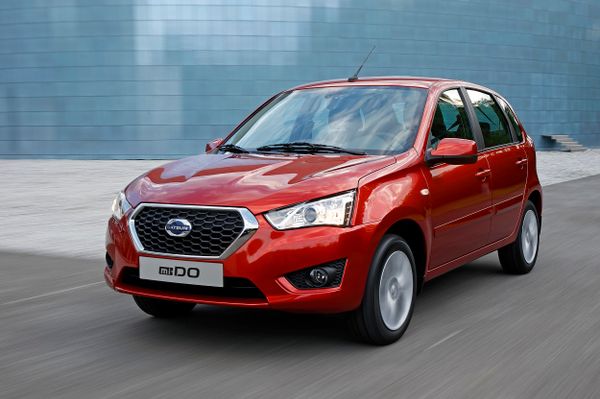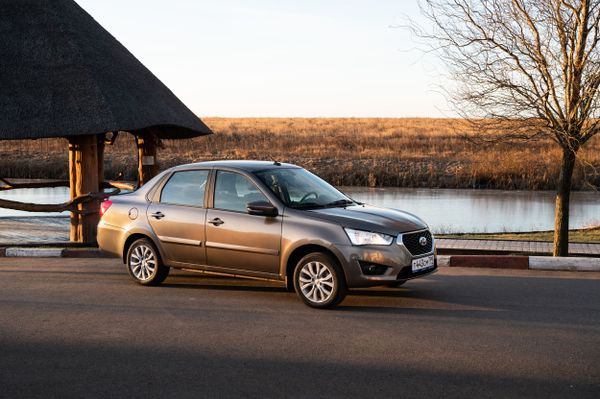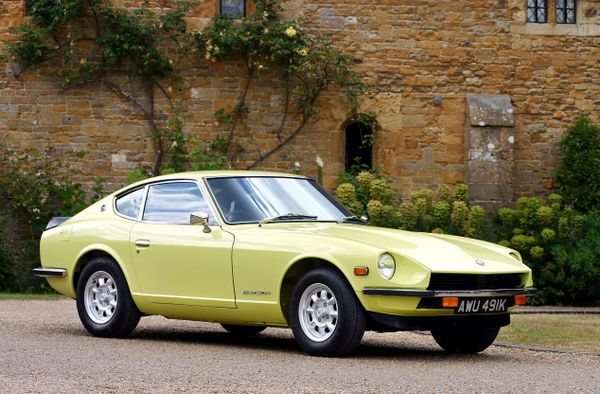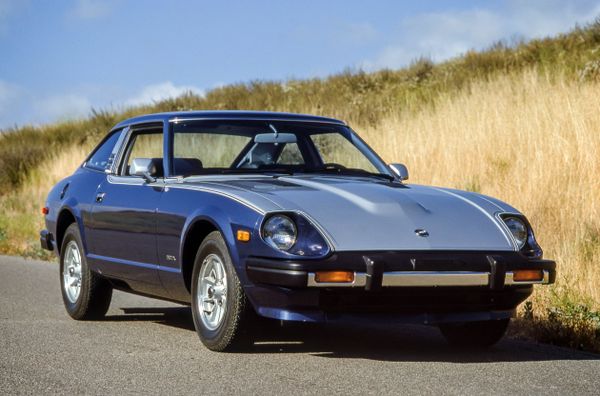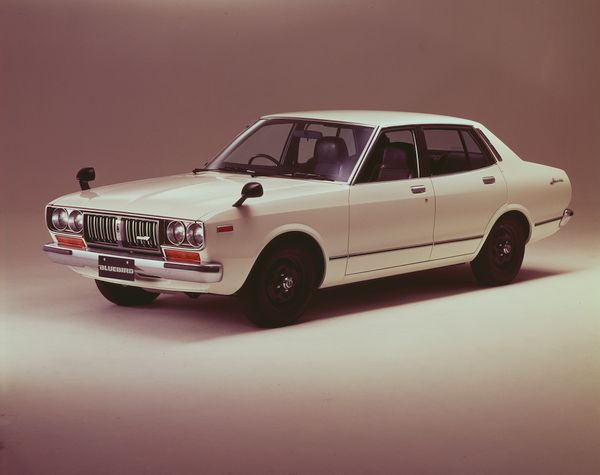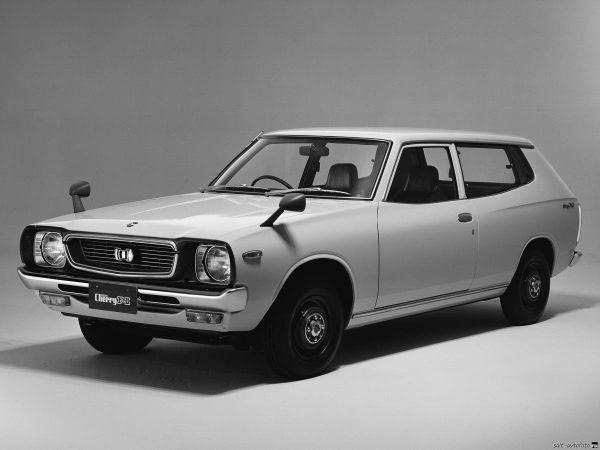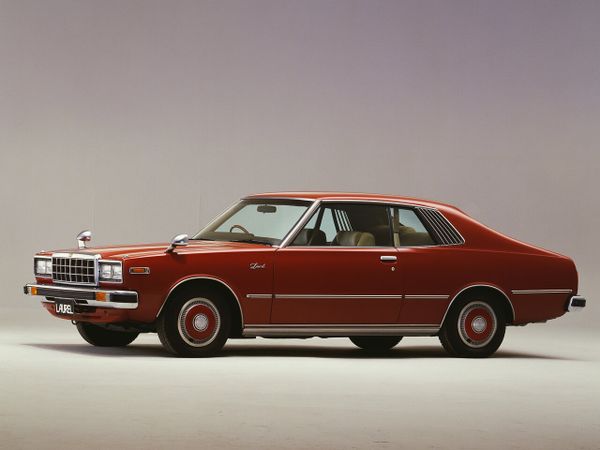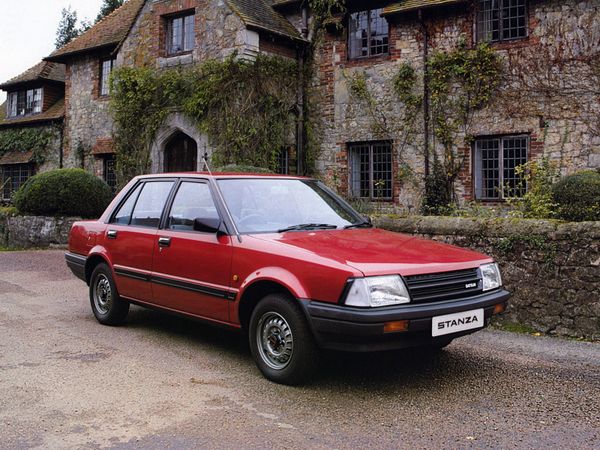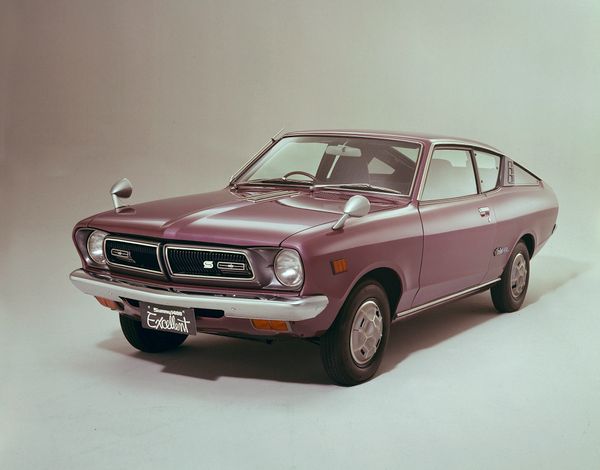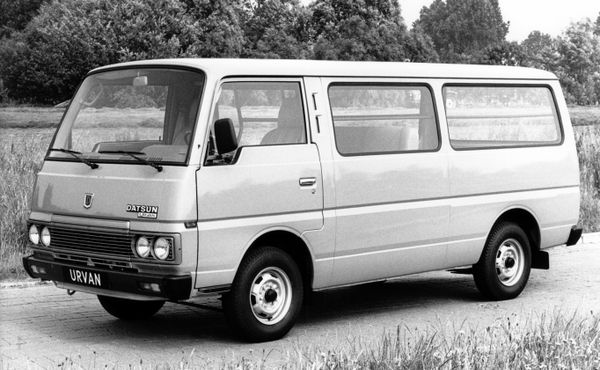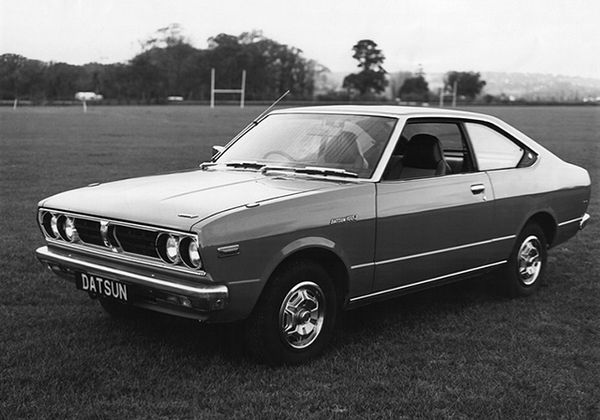Datsun car models in Israel
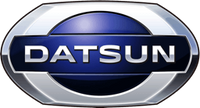
The Japanese automobile company Datsun being a member Nissan dates back to 1911. Datsun cars had remained forgotten for quite a long time until Nissan decided to revive the Datsun brand in 2012. In 2013, the reborned brand launched budget-oriented cars for countries with fast-growing automotive markets. As early as in 2017, Datsun vehicles were already sold in India, Indonesia, Nepal, South Africa, Lebanon, Malaysia, Russia, Kazakhstan and Belarus. Read the article
